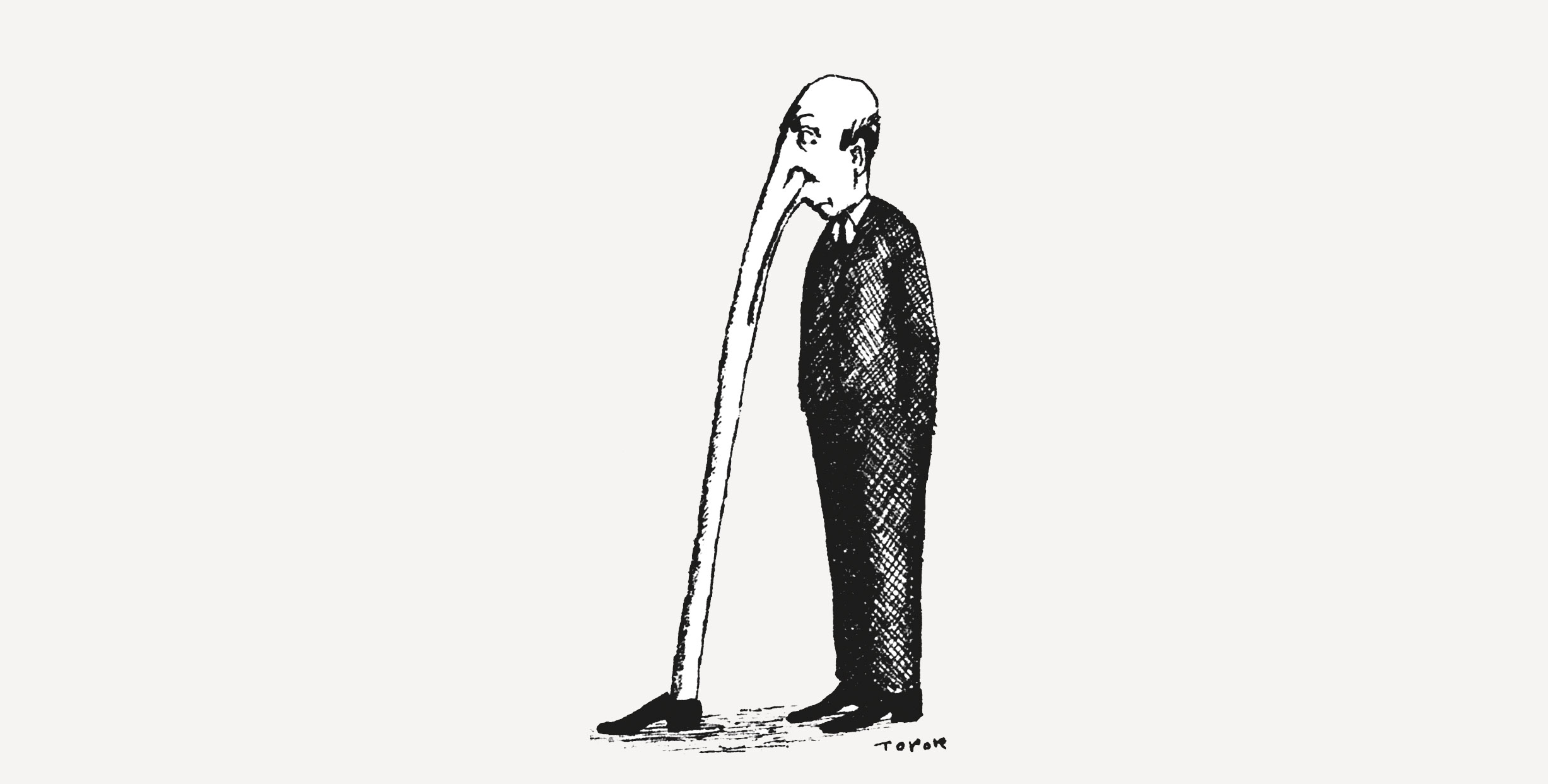
Today we shall look at the often forgotten, quite problematic, or even embarrassing matter that is other people and their notorious existence. Once they get on the right path, each novice can clearly see how great an obstacle to self-development those around us are. Once this dreadful truth reaches our consciousness, we immediately ask ourselves: How was I able to live among all these inveterates until now? How am I supposed to treat them? How do I talk to them?
Many adepts try to solve this problem in the spirit of Heedlessness. They try to somewhat diffuse it, that is, care deeply about what others say and do, and then fully ignore it – alternately, in chaotic, irregular cycles – until these two extremes merge into one master–slave, coherently incoherent approach. Even those who have not yet entered the path toward heedless self-development often intuitively chose this method. And it is a rather good method. But a better one can still be proposed.
While true Heedlessness works perfectly as the goal and the path of spiritual growth, in interactions with others it is worth suppressing it a little with an attitude that is quite banal in its rationality. Let us forget about Heedlessness for a moment and ask ourselves a question: what is it that really hinders our interactions with others? The answer is simple: their otherness. We can never overpower this otherness, but we can push it away as long as we manage to make others act exactly as we want them to act. Just like a vagrant, attacked at night by a grazing herd of wild animals – he will never overpower them all, but he can drive them away with the correct use of a firebrand.
There are many ways to drive away the otherness of others. Here, I present the easiest, which consists of achieving the dominant position by means of one’s gaze. For this purpose – and nowadays, I think even a child knows this – do not look your interlocutor in the eye, but look at the base of his nose instead. Thanks to this one simple trick, eye contact ceases to be draining. The emotions and thoughts reflected in someone’s eyes do not confuse us. It also does not annoy us that someone is looking at us and that this situation has two sides – our side and their side – and perhaps even more sides, if we were to look at it from different sides.
If we do not look into, but between the eyes, the fear of what this other person might see in our own eyes – which are, after all, bare and exposed to the mercy of the other like two defenceless chicks found in the bushes by a full, yet merciless tomcat – magically disappears. This fear will disappear once we look between the interlocutor’s eyebrows. It will disappear, because we will not see their eyes, but just the skin – perhaps sweaty, perhaps spotty, perhaps pale or tanned – at any rate, blind. All the complications, unnecessary nuances, secret ambushes will vanish at once. We will feel a soothing relief just as when, after sitting on a chair for quite a long while, one finally pulls out their wallet and keys from their back pockets.
One of my students once used another metaphor: after a strenuous march through a hot, grimy city, we finally get home and take the asthma medication we left at home that morning. Unfortunately, it is hard for me to verify the accuracy of this comparison. I do not have asthma and I am not even particularly interested in what people who do have it might feel.
A novice who is already quite advanced in the practice of Heedlessness might still come across one obstacle when using the between-eyes-gaze (BEG) method. They may have trouble focusing their attention on that patch of skin at the base of the nose. In this event, it is good to use a trick: take a permanent marker and paint a large dot on the interlocutor’s forehead. Seemingly just a small mark, it will make a great difference – you will notice that the marked spot does attract your eyesight.
Professional integrity requires me to note that this ingenious method can sometimes be difficult to employ. The interlocutor may not want you to adorn their face with permanent marker. In this case, I would strongly advise against resorting to violence! Overpowering an interlocutor is the last resort and should be avoided at all costs. The best course of action is to choose the kind of interlocutor who will allow you to touch them with a marker without struggle. In my experience, none of my most faithful students have yet refused me; many even reminded me to do so, downright offering their own marker.
Translated from the Polish by Joanna Figiel









